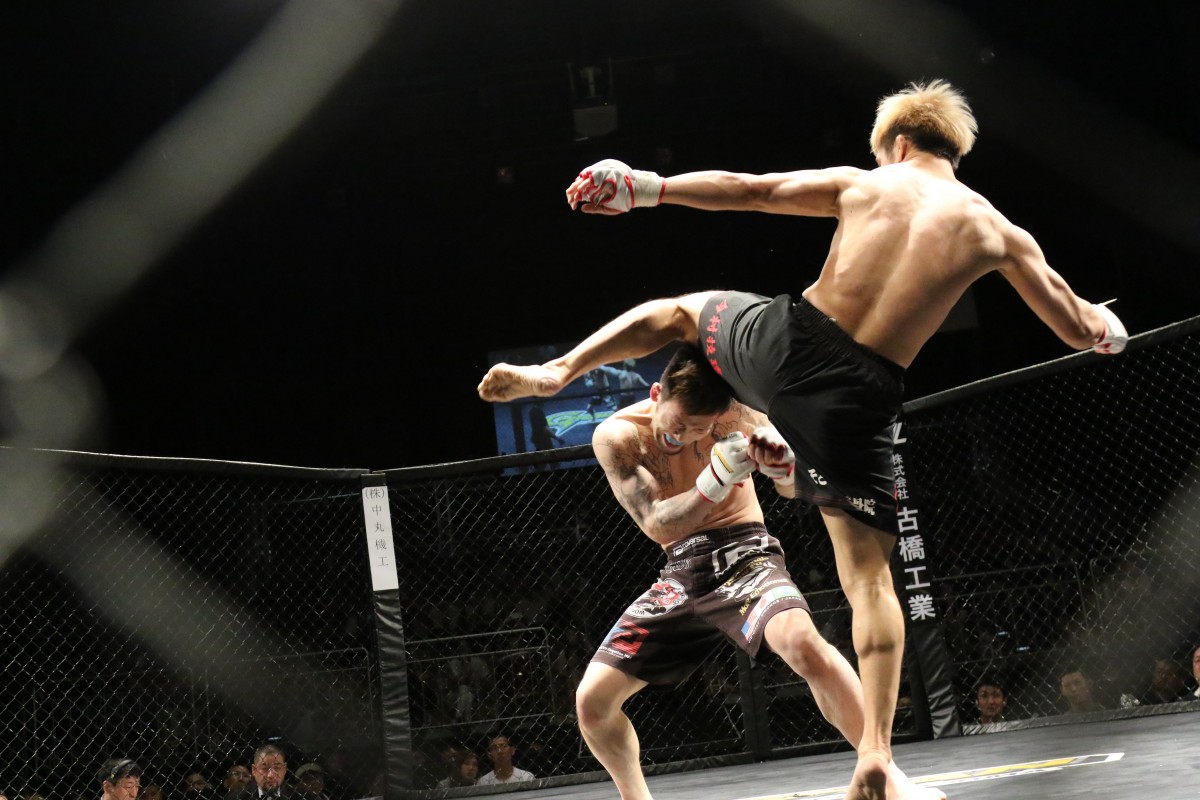Table of Contents
There are many different types of Filipino martial arts.
Some of the most well-known styles include Arnis, Eskrima, and Kali.
These styles are characterized by the use of weapons such as sticks, knives, and swords, as well as empty-handed techniques.
Other styles include Dumog, Panantukan, and Sikaran, which focus on grappling, boxing, and kicking, respectively.
While there is no definitive list of all the Filipino martial arts, these styles have been passed down through generations and continue to be practiced today.
Have you ever heard of Filipino martial arts?
If you haven’t, you’re not alone! Although these ancient fighting styles have been practiced for centuries, they are not as well-known as other martial arts such as karate or judo.
In this blog post, we will explore the fascinating world of Filipino martial arts and learn about the different styles that exist.
What Are Filipino Martial Arts?
Filipino martial arts, also known as FMA, are a group of fighting styles that originated in the Philippines.
These martial arts were developed by the native Filipinos as a way to defend themselves from invading forces.
FMA is a unique combination of weapon-based techniques and empty-hand fighting techniques.
Practitioners of FMA learn how to use various weapons, such as sticks, knives, and swords, as well as how to defend themselves using only their hands and feet.
Styles of Filipino Martial Arts
There are many different styles of FMA, each with its own unique characteristics.
Some of the most popular styles include:
- Arnis: Also known as Escrima or Kali, Arnis is a weapon-based martial art that focuses on the use of sticks, knives, and swords. Practitioners of Arnis learn how to use these weapons both defensively and offensively.
- Dumog: Dumog is a grappling style of FMA that focuses on throws, locks, and joint manipulation. It is often used in conjunction with other FMA styles.
- Panantukan: Panantukan is a style of FMA that focuses on hand-to-hand combat. It incorporates elements of Western boxing and utilizes strikes, punches, and kicks.
- Sikaran: Sikaran is a style of FMA that focuses on kicking techniques. Practitioners of Sikaran learn how to use their legs to defend themselves and deliver powerful kicks.
Benefits of Practicing
FMA Practicing FMA has many benefits, both physical and mental.
Physically, FMA can improve balance, coordination, and flexibility. It can also increase strength and endurance.
Mentally, FMA can improve focus, discipline, and self-confidence.
It can also teach important life skills such as respect, humility, and perseverance.
Conclusion
Filipino martial arts are a unique and fascinating group of fighting styles that have been practiced for centuries.
From weapon-based techniques to hand-to-hand combat, FMA offers something for everyone.
Whether you’re looking to improve your physical fitness or learn important life skills, FMA is a great choice.
So why not give it a try and discover the world of Filipino martial arts for yourself?
Additional Resources
Here are three useful web resources to learn more about FMA:
- FMA Talk – https://www.fmatalk.com/ FMA Talk is an online forum where FMA practitioners from around the world can discuss and share information about their experiences with FMA. The site features a wealth of information on different styles, techniques, and training methods.
- Filipino Martial Arts Academy – https://www.fmaacademy.com/ The FMA Academy is an online training program that offers courses in various FMA styles, including Arnis, Eskrima, and Kali. The site features instructional videos and training materials that can be accessed from anywhere in the world.
- FMA Pulse – https://fmapulse.com/ FMA Pulse is a news and information site that covers all aspects of FMA. The site features articles, interviews, and videos on different styles and techniques, as well as news about upcoming events and competitions.
